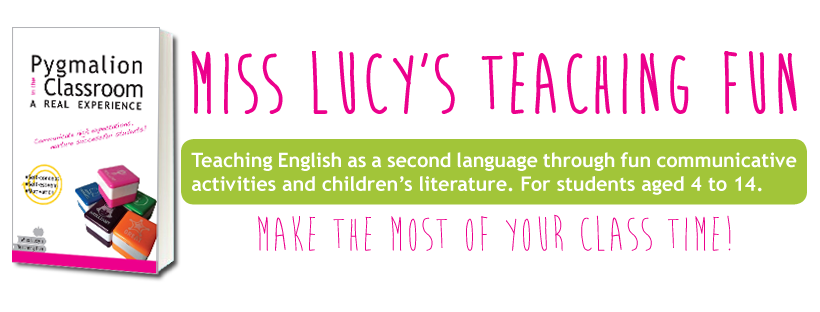Hello y'all! 😁
I'm alive and well, as Katniss would say (from the Hunger Games, of course). Last year, COVID entered our 'normal' lifes and revolutionized them, showing no mercy. In March 2020 I was teaching phonics to my preschoolers, helping kids being more fluent, writing posts about it, enjoying the center of Madrid day and night, literally. At the same time, I was studying this Master degree about bilingualism and international curiculum that was being pretty intense but absolutely woth it. Life was busy, but pleasant, until COVID bursted in and all my routine and future plans changed.
The studies could 'easily' go on because of the online mode, but my extracurricular classes had to be abruptly interrupted. Moreover, September didn't look bright and, because of this uncertainty, I had to opt for teaching English as a school teacher in order to assure myself and my elder dog (she is 15!!!) a decent lifestyle. After sending CVs to all the International schools in the area, I finally got a call which turned into a job as a homeroom teacher in the immersion line of a private school in Boadilla, where I had the opportunity to teach English almost as a first language. It was pretty cool!
However, waking up at 6 in the morning every day since the 31st of August until last Thursday, dealing with all the pandemic school issues in addition to the current school duties, and arriving home at 6:15 pm every afternoon has been exhausting and that's why you haven't heard from me for so long. Besides, I had to finish my Master degree and take care of my own life during the pandemic, which also has been a bit stressful.
Anyway, here we are! Thanks to the vaccination campaign we all feel a bit safer even though this feeling of uncertainty never leaves us really and I wanted to make the most of this summer break for saying hello again, and for letting you know that the many things I've learnt about bilingualism are now published in the 'Mi hijo habla inglés' book. Yes! I used the Easter break to update it. So, even if I haven' had the time for applying the 'Second edition' label to the cover of the book, I can assure you that there's new interesting content that is worth reading both in the digital and the paper version of it.
I wish you a safe and relaxing summer!
Bye for now






